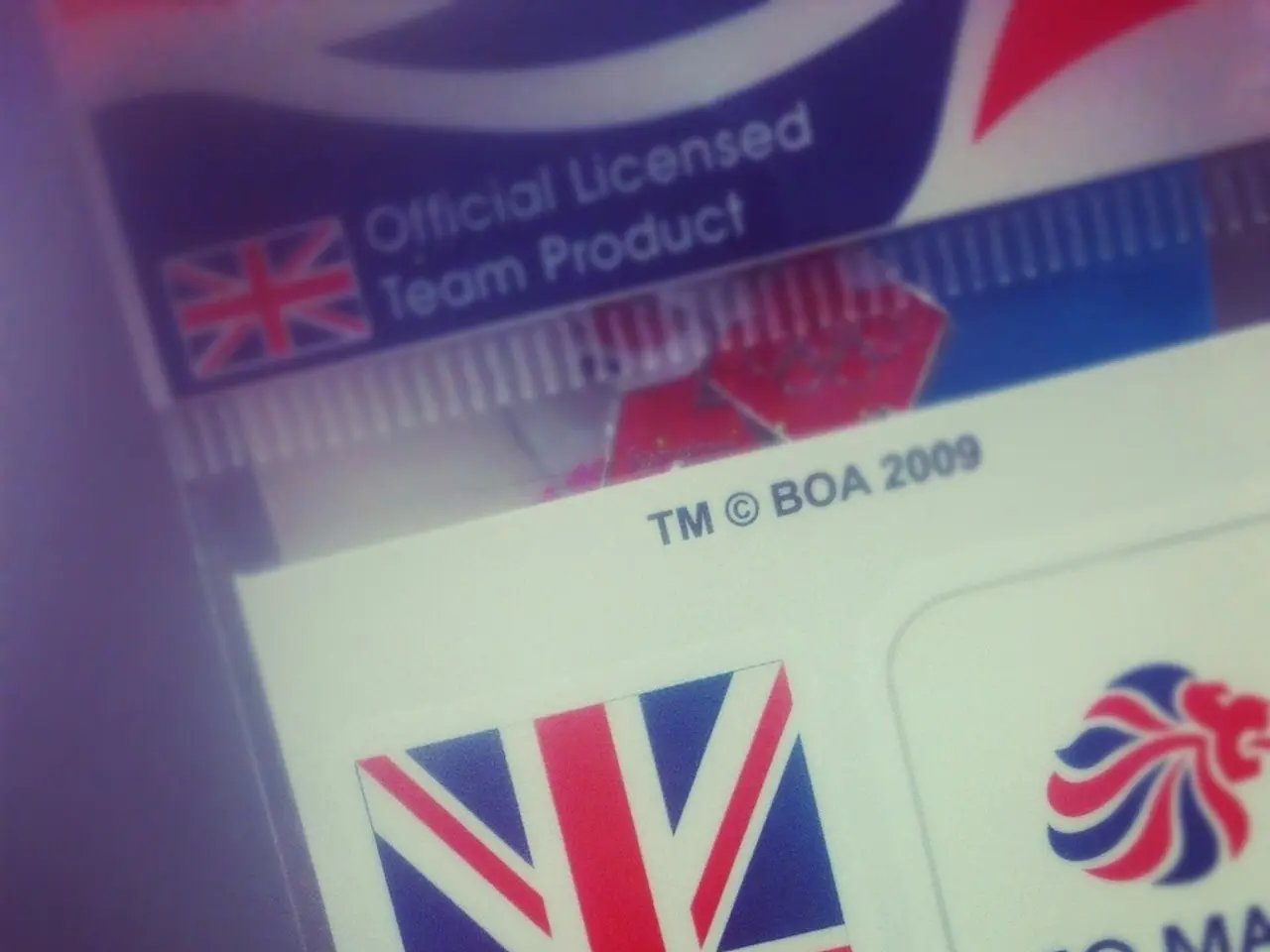Streamlined Acquisition via Innovative Procurement Technology
In today's fast-paced business environment, having a robust and efficient procurement system is crucial for growth and success. Modern procurement platforms, equipped with a range of advanced features, are designed to cater to this need.
Mobile availability and remote functionality enable stakeholders to manage procurement tasks on-the-go, facilitating seamless collaboration across distributed teams. This mobility is just the beginning of the benefits these platforms offer.
Key Features to Consider
- Automation and Workflow Customization: A good procurement platform should offer a drag-and-drop workflow builder, enabling custom approval chains without coding. It needs to support complex conditional logic, automatic routing by purchase amount or category, and parallel approvals to streamline processes and reduce manual work.
- Integration Capabilities: Seamless integration with ERP, accounting, inventory, and other enterprise systems is critical to ensuring real-time data synchronization, preventing data silos, and maintaining consistent financial tracking.
- Real-Time Visibility and Analytics: Dashboards providing real-time insights into spending patterns, budget utilization, vendor performance, and advanced analytics for cost-saving opportunities and KPI tracking help optimize procurement decisions.
- Supplier and Vendor Management: Features such as supplier onboarding portals, centralized vendor profiles, supplier scorecards, risk monitoring, and vendor performance ratings improve supplier collaboration, negotiation, and risk mitigation.
- Document Management: Centralized storage of contracts, invoices, and receipts with version control, tagging, and approval workflows facilitate faster access, audit readiness, and reduce lost documentation.
- AI and Smart Recommendations: Use of AI to classify spend data, recommend preferred vendors, flag unusual spending, summarize negotiations, and predict budget overruns or contract renewals supports proactive cost management and strategic sourcing.
- Mobile Access: Mobile-friendly interfaces or apps enable managers and field teams to approve requests and track orders remotely, increasing responsiveness and operational agility.
- Security and Compliance: Enterprise-grade security features such as role-based access, encryption, audit logging, and compliance support are essential to protect sensitive procurement data and meet regulatory requirements.
- Scalability: The platform should scale seamlessly with growing transaction volumes, additional users, and evolving business needs without costly infrastructure upgrades.
- User Experience and Usability: While functional features are crucial, consider the user interface quality and system responsiveness. Some platforms may have limitations such as outdated UI or slower responsiveness, which can impact adoption and efficiency.
The Importance of Choosing the Right Platform
Choosing a procurement platform that aligns with strategic objectives, empowers the team, and propels the organization towards sustainable growth and success is crucial. Configurable approval workflows and role-based access controls empower organizations to enforce governance policies and minimize errors.
Understanding an organization's unique requirements is essential for choosing a procurement platform that aligns with goals. Procurement platforms with automated contract creation, tracking, and renewal functionalities streamline the entire contract lifecycle.
Seamless integration with existing systems is vital for the smooth functioning of a procurement ecosystem. User experience (UX) and user interface (UI) are crucial for the adoption and success of procurement platforms.
Advanced analytics and reporting tools offered by procurement platforms provide insights into spending patterns, supplier performance, and procurement efficiency. Procurement platforms should offer contract management and lifecycle tracking capabilities.
Security and compliance are non-negotiables when it comes to procurement, requiring platforms to prioritize data security and encryption. Procurement platforms that foster collaboration among stakeholders, suppliers, and partners through community features drive collective success and innovation.
Investing in a state-of-the-art procurement platform is essential for modern businesses to optimize procurement processes, drive cost savings, and enhance overall efficiency. A comprehensive spend analysis tool enables organizations to identify cost-saving opportunities and optimize procurement processes.
Organizations are increasingly turning to advanced procurement platforms to streamline processes, optimize costs, and enhance efficiency. By embracing these platforms, businesses can take a significant step towards achieving their strategic objectives and ensuring long-term success.
- For businesses aiming to optimize their procurement processes and gain a competitive edge, they should consider a platform equipped with technology that offers automation, workflow customization, real-time visibility, supplier management, document management, AI-driven recommendations, mobile access, security, scalability, and a user-friendly interface.
- Understanding the importance of technology in modern business, a robust procurement platform that integrates with existing financial systems such as ERP and accounting, offers advanced analytics, and ensures data security and compliance is essential for achieving growth and success by streamlining processes, reducing costs, and promoting collaboration.




